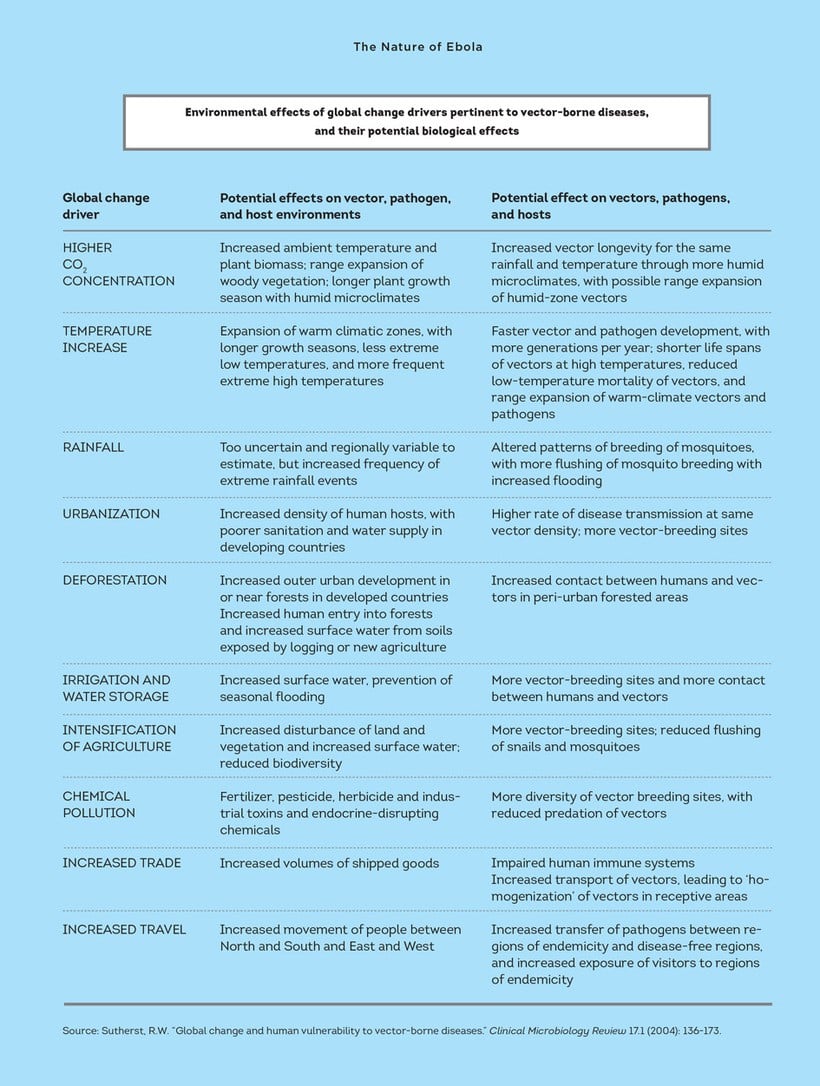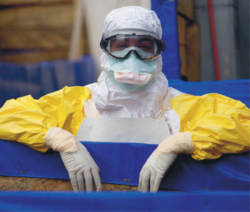The Nature of Ebola
Reports of an Ebola outbreak in West Africa first appeared in February. By late November, the World Health Organization reported that the disease had claimed 5,500 lives and another 15,300 people remained infected. Though the virus has been studied extensively, scientists are still struggling to determine its natural reservoir host and how Ebola originated. These questions, as well as a clear understanding of how the virus affects the human immune system, have become the main obstacles to developing an Ebola vaccine. Nonetheless, the outbreak does not pose a threat to all mankind, not least because of the nature of the virus itself.
The Ebola virus belongs to the Filoviridae virus family, which gets its name from its thread-like structure. Scientists currently know of at least five Ebola virus subtypes. The most dangerous is Zaire (named after the country where it was first identified), while others like Lioviu and Reston are harmless.
The Ebola virus fever is a zoonotic infectious disease, meaning that it is spread between animals and humans. People usually become infected and die near the focal point of the virus. Epidemiologists also identified the regions of secondary focal points based on disease incidence statistics among humans, primates, bats, and antibodies found in the blood serum of other mammals. Within this area, the disease spreads via infected primates, bats (though that is still contested by some scientists), and human excrement.
There is much we already know about Ebola. Scientists have fully sequenced the Ebola genome, studied its particle morphology, isolated and researched its proteins, and described its pathways and immunology in detail. Military specialists have even studied Ebola from their own standpoint and classified it as a potential biological weapon.
However, many key questions still remain. What acted as the ‘reservoir animal,’ the animal that played host to the disease and may have even sustained the virus for millions of years? Where do the sources and focal points of Ebola lie, and what causes it to quickly form secondary focal points, spread across huge territories, and become endemic to a region?
The human body is highly susceptible to the Ebola virus, but the mechanisms of its transmission are still not fully understood. Research indicates that if even one particle of the virus enters the bloodstream, a person will become infected; if several particles of the virus find their way into the bloodstream, the virus begins to mutate and chances of fatality can reach 60%. Chances of survival are greater when the infection is caused by a less harmful strain of the virus or when a lower dose of the virus enters the bloodstream. Naturally, factors such as genetic predisposition, quality of medical care, and treatment play a significant role as well.
After the victim has been exposed, the time until diagnosis may not be a factor at all. In a well-known case of in-vitro infection at the Vector Institute in Novosibirsk, a researcher was accidentally pricked and infected with the Ebola virus. Though the incident was immediately reported, the viral load was so great that doctors were powerless to save the worker.
There is still no standard treatment for Ebola. Medical procedures address symptoms and attempt to prevent transmission, but it can take a patient up to three months to fully recover. The disease may also cause various complications including weight loss, psychosis, hepatitis, and serum sickness (during treatment), among others. From time to time, patients in African hospitals leave facilities after regaining consciousness because they would prefer to be treated by their tribal doctors instead.
Hardly an Epidemic
Based on what is being said by the media and Western politicians, it would seem as though Ebola is on the verge of ravaging the entire planet. Perhaps the people propagating these ideas have seen the movie Outbreak one too many times. In reality, an epidemic like the one they fear is a complex natural disaster that would not occur simply because of a ‘new virus.’ Without a primary case, it is unlikely that a country would see catastrophic spread of the disease.
The Ebola outbreak in West Africa is limited in scale and hardly qualifies as a pandemic. In affected countries, entire provinces showed no signs of the disease. Furthermore, official statistics show that the Ebola outbreak is gradually lessening.
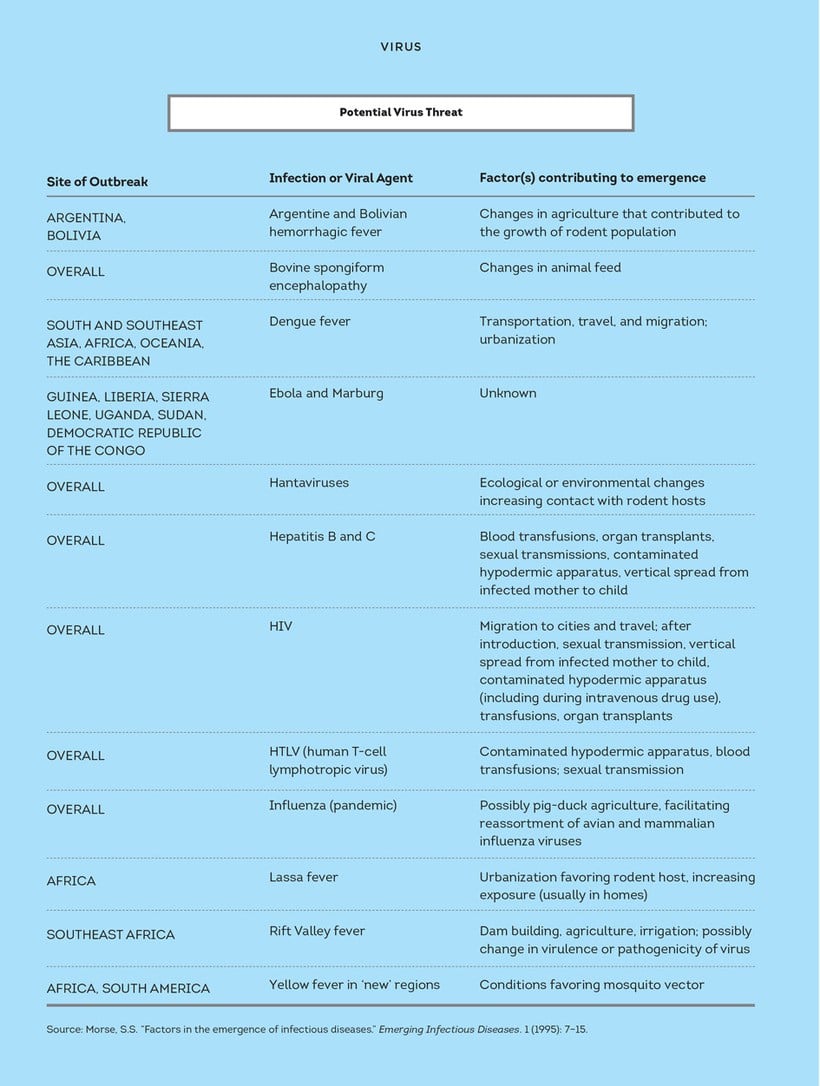
The disease has not spread all over the world because the virus is not transmitted through the air. Additionally, there is no chain reaction, as is the case with smallpox or the flu, for instance. All of the known infections in Europe and the United States were ‘imported’ – patients who contracted the disease abroad or medical workers who did not take the proper safety precautions when treating imported cases.
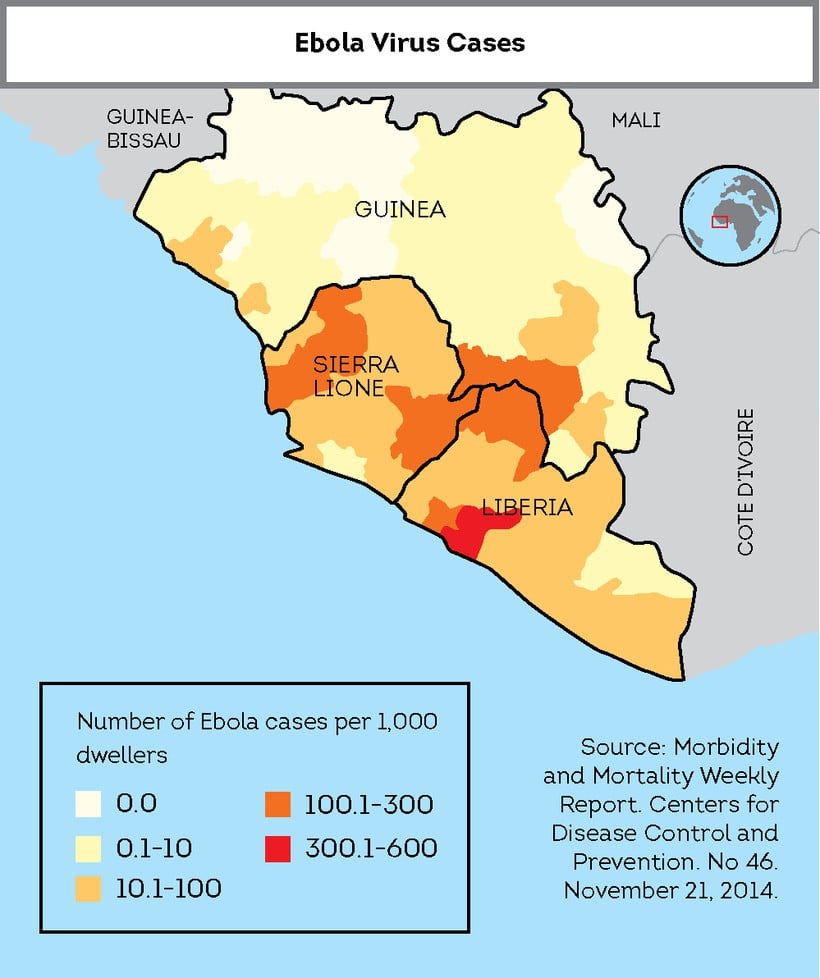 If isolated cases of the Ebola virus find their way to Europe or Russia, it will not lead to any significant consequences. The patients will be identified and isolated, and anyone who came into contact with them will placed under observation (i.e., monitored by medical personnel, but not quarantined).
If isolated cases of the Ebola virus find their way to Europe or Russia, it will not lead to any significant consequences. The patients will be identified and isolated, and anyone who came into contact with them will placed under observation (i.e., monitored by medical personnel, but not quarantined).
In this respect, many agree that Russia has adopted the right approach to Ebola. There is no panic or anxiety, and there are procedures in place to contain a potential outbreak. There is also more stringent epidemiological oversight with respect to people entering the country from areas affected by Ebola. The medical workers in Russia essentially use the same approach as those of other countries.
In the meantime, Western politicians and the World Health Organization are using the outbreak as an excuse to raise funds for ‘developing a vaccine’ and for ‘fighting’ the spread of the disease. The United States has even criticized certain countries for not doing enough to combat the Ebola outbreak. However, many countries do not have the resources to implement this kind of healthcare infrastructure – which requires specialized engineering systems, diagnostic equipment, medications, and doctors – much less basic law and order within their borders. But Russia has all of these things. In my opinion, the main reason behind Washington’s criticism is its self-serving arrogance. It wants to be hailed as the savior of the human race the easy way, which is why it has blown the risks of an Ebola pandemic out of proportion while ensuring that transnational corporations turn a profit. As West Africa continues to be ravaged by a catastrophic outbreak, it certainly does not seem as though the United States has had any influence on the situation. The disease itself poses no threat to the US (aside from isolated ‘imported’ cases), but when the pandemic subsides, the American politicians will announce that they have emerged victorious.
No Cure
Scientists all over the world continue to search for a cure, but with little success. Twenty years ago, Russian military researchers created a targeted emergency prophylactic called immunoglobulin, which could save the lives of Ebola-infected patients. To be effective, the drug needs to be administered immediately before the virus infects the macrophages, which is only possible in the case of an in-vitro infection. Otherwise, no Ebola patient would know exactly when they contracted the disease; the incubation period can be as long as 20 days. By then, immunoglobulin would not be an effective treatment as some antibodies only serve to exacerbate the infection.
Despite the scale of the current outbreak, the spread of Ebola has been decreasing since September and the virus has already disappeared in many areas of West Africa, which means that it is unlikely it will reach Russia. Soon enough, the region will return to its normal epidemiological situation of 100 to 200 cases per year. However, the problem remains: we still do not know when and why it will come back.
Judging from the increasing number of Ebola-related publications in scientific journals, the current outbreak has provided a powerful incentive for further study of the virus. Perhaps this will lead to new breakthroughs, but it is also important to think outside the box, which is what one doctor in rural Liberia did. Gobee Logan, who runs a clinic in Tubmanburg, had nearly given up on treating his Ebola patients when he decided to try administering lamivudine, a drug usually used to treat HIV patients. He claims that out of the 15 patients he treated, 13 survived. These are interesting findings, even if they are not consistent with current medical practices.
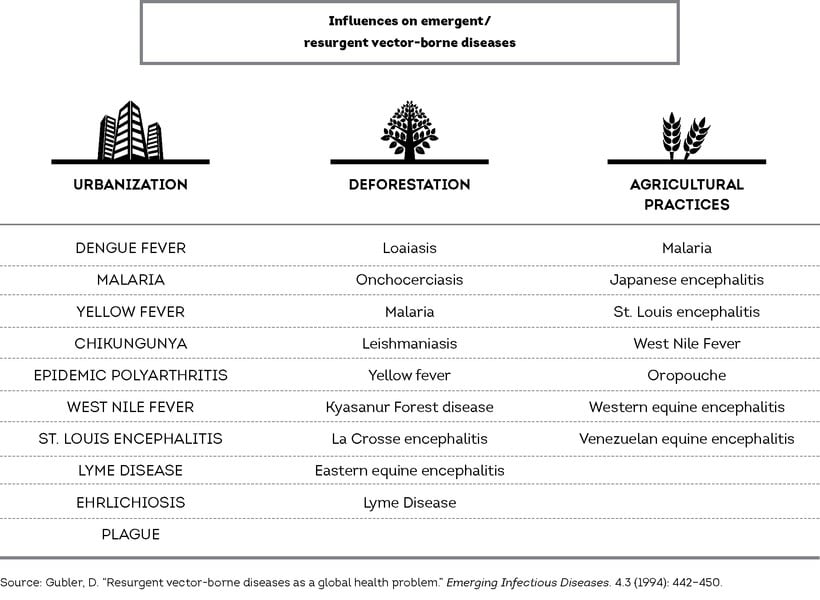
The prospect of creating an Ebola vaccine is undermined by antibody-dependent enhancement, a phenomenon which is characteristic of this particular virus. Antibodies bind onto the virus and spread it across the macrophages, or immune system cells. This amplifies the infection process before the concentration of antibodies reaches the threshold required to neutralize the virus. This is the same mechanism underlying hemorrhagic syndrome. Vaccine developers are trying to achieve a protective effect in their experiments on animals. If an animal is infected after several bouts of vaccination and the level of specific antibodies reaches the maximum value, then the protective effect of the vaccine would be proved and a new vaccine could be announced to the world. However, if we are in the eye of the storm of an epidemic and the population is going through the vaccination process all together and sporadically, nothing will be stopped. As soon as the number of antibodies goes down to reach the sub-neutralizing level, the antibody-dependent enhancement phenomenon kicks in. In addition, the number of vaccinated patients who would end up affected by the disease would be greater than that of non-vaccinated patients. It would behoove the vaccine developers to take that into account.
Despite the scale of the current outbreak, the spread of Ebola has been decreasing since September and the virus has already disappeared in many areas of West Africa, which means that it is unlikely it will reach Russia. Soon enough, the region will return to its normal epidemiological situation of 100 to 200 cases per year. However, the problem remains: we still do not know when and why it will come back.
